New York Times July 16, 2008
Ubud Journal
At Royal Balinese Funeral, Bodies Burn and Souls Fly
By SETH MYDANS
UBUD, Indonesia — In a roar of orange flame, the body of Agung Suyasa, head of the royal family of Ubud, was reduced to its earthly elements on Tuesday, liberating his soul to fly upward, in a spray of sparks, through the night sky to the heavens.
In the most spectacular royal funeral in Bali in at least three decades, the energy, mysticism and creativity of this Hindu island came together in the mass cremation of three royal figures and 68 commoners.
It was the highest moment — but not the final one — in months and sometimes years of funerary rites as bodies were buried or preserved waiting, according to local belief, for their souls to be freed through cremation.
The bodies of the commoners had waited to join Mr. Suyasa and two other members of his extended family in a royal cremation, although the pyres of the commoners were in a separate location. All were on a journey of purification and renewal in which, according to Balinese tradition, the soul can return to inhabit a new being, generally a member of the same family, until, once again, it is freed through cremation. In the coming months, more ceremonies lie ahead, to further cleanse both the soul of the departed and the people left behind.
“None of us is brand new,” said Raka Kerthyasa, the younger half-brother of Mr. Suyasa. Mr. Kerthyasa oversaw the cremation and is now the guardian of the ancient but symbolic royal family. “We are part of the cycle of life,” he said. That ever-changing cycle may one day claim the cremation rites themselves, and some here say that in the face of a globalizing world, Bali may never again see a cremation ceremony to match this one.
“They’ll have things in the future, but elaborate and grand like this one, I don’t think so,” said I Nyoman Suradnya, an artist, whose older brother was one of the commoners cremated Tuesday.
“Cultures come and go,” he said. “It is just a matter of time. Don’t be afraid of change. There is nothing absolute.”
In that spirit, Tuesday was a day of raucous energy as thousands of volunteer porters in purple shirts carried the giant emblems of the ceremony like armies of ants bearing impossibly large objects.
Hunched under a giant bamboo platform, 200 at a time for 100-yard shifts, the porters bore an 11-ton tower, as tall as a three-story building, that carried the coffin of Mr. Suyasa under a nine-tiered pinnacle.
Whooping and laughing, sometimes breaking into a run, the porters swung the platform crazily from right to left to confuse the spirits.
Along with it came a huge, undulating dragon, terrifying to behold with its bulging eyes and splayed teeth. After that came a giant black, wood bull, hung with gold necklaces, that would serve as the sarcophagus at the cremation.
“Strange as it seems, it is in their cremation ceremonies that the Balinese have their greatest fun,” wrote Miguel Covarrubias in his classic work, “Island of Bali,” published in 1937.
“A cremation is an occasion for gaiety and not for mourning, since it represents the accomplishment of their most sacred duty” to liberate the souls of the dead, he wrote.
For most of the time since Mr. Suyasa died on March 28, his body had been lying embalmed, as if asleep, in his palace. The family brought daily offerings and symbolic meals. Coffee and tea were prepared by the bier. A comb, toothbrush and mirror were kept handy nearby. On Tuesday, poised between heaven and earth, his white and gold coffin entered the cremation site in the funerary tower, which glided on the backs of its 200 porters as smoothly as if it were on ice.
Porters carried the coffin down a soaring white chute, then paraded it three times around the waiting bull, trailed by men and women with pyramids of offerings on their heads.
On the crematory platform, the hollow back of the bull was opened and the body was placed inside, its final stop on its earthly journey. A second, smaller bull stood by its side holding the body of another royal relative, Gede Raka.
The sun was sinking as the back of the giant bull was closed and the crematory plaza, packed with thousands of onlookers, twinkled with the flashes of cameras.
Suddenly bright shoots of flame appeared under the belly of the bull, quickly caught the gold necklaces and traveled upward. Smoke seemed to pour from its nostrils and flames shot from its eyes. Its curved horns and ears were on fire.
As the bull fell away, the iron bars that formed its frame remained, and within them hung the burning skeleton, its skull tilted downward, its right foot spurting flames.
Acting with ritual disrespect for the now-useless body, workers poked and prodded at it with long bamboo poles to stoke the fire, and it swayed slightly in the flames.
The body disintegrated into its five earthly elements: earth, wind, water, fire and ether. Its soul disappeared into the night sky.
One of Mr. Suyasa’s sons, Indrayana, sat on the ground nearby, dressed in ritual gold, holding his hands in prayer toward his father. Then, fire to fire, he put a match to a cigarette, looked up, and inhaled.
-end
Photos from boston.com bigpicture
Last Tuesday, on the island of Bali, the head of the royal family of Ubud named Agung Suyasa was laid to rest in a rare, spectacular Royal Funeral – the largest in decades. Suyasa, two other members the royal family, and 68 commoners were cremated in a large Hindu ceremony – their bodies having been previously preserved, awaiting cremation, which is traditionally believed to free their souls for future reincarnation. (13 photos total)

Balinese men prepare a giant bull sarcophagus in which a deceased member of the Ubud royal family will be cremated before the cremation ceremony Tuesday July 15, 2008 in Ubud, Bali, Indonesia. Balinese royalty and dozens of other prominent Balinese from Ubud were cremated Tuesday in a rare and elaborate ceremony for deceased royals. (AP Photo/Ed Wray)

Balinese men prepare to lift a giant bull in which a deceased member of the Ubud royal family will be cremated during the funeral procession Tuesday July 15, 2008, in Ubud, Bali, Indonesia. (AP Photo/Ed Wray)

Thousands of people join the procession prior to the Balinese royals cremation ceremony in Ubud, Bali on July 15, 2008. The remains of two Balinese royals were cremated before some 250,000 loyal subjects after being carried through this hillside town in huge spinning pyres representing the universe. (BAY ISMOYO/AFP/Getty Images)

Balinese dancers perform during a procession of Pelebon or The Royal Cremation Ceremony in Ubud, on the Indonesian island of Bali, July 13, 2008. The bodies head of Ubud Royal family Tjokorda Gde Agung Suyasa, his nephew Tjokorda Raka, his aunt Desak Raka, and 68 Ubud villagers will be cremated on July 15. The cremation ceremony is a ritual, believed by locals, to send the dead to their next lives. (REUTERS/Beawiharta)

People carry the black bull sarcophagus and a tower prior to the Balinese royals cremation ceremony in Ubud, Bali ilsand on July 15, 2008. (BAY ISMOYO/AFP/Getty Images)

Men play “sulings”, traditional music instruments, during the procession of Pelebon or The Royal Cremation Ceremony in Ubud, on the Indonesian island of Bali, July 14, 2008. (REUTERS/Beawiharta)
People welcome and watch the black bull sarcophagus en route to the Balinese royals cremation ceremony in Ubud, Bali on July 15, 2008. (BAY ISMOYO/AFP/Getty Images)

People carry a bull sarcophagus during a procession of Pelebon or The Royal Cremation Ceremony in Ubud, on the Indonesian island of Bali, July 13, 2008. (REUTERS/Beawiharta)

Balinese men walk away after setting alight a giant bull in which a deceased member of the Ubud royal family is cremated in during the funeral ceremony Tuesday July 15, 2008, in Ubud, Bali, Indonesia. Balinese royalty and dozens of other prominent Balinese from Ubud were cremated Tuesday in a rare and elaborate ceremony for deceased royals.(AP Photo/Ed Wray)

A bull sarcophagus in which a member of the Ubud royal family was cremated burns during the funeral ceremony Tuesday July 15, 2008 in Ubud, Bali, Indonesia. (AP Photo/Ed Wray)

Black bull sarcophagi are set alight during the cremation of two Balinese royals in Ubud, Bali island on July 15, 2008. (BAY ISMOYO/AFP/Getty Images)

A black bull sarcophagus is set alight during the cremation of two Balinese royals in Ubud on Bali island on July 15, 2008. (BAY ISMOYO/AFP/Getty Images)

A Balinese man attends a cremation fire as the last bit of a mythical dragon known as a Naga is burning during a ceremony for a deceased member of the Ubud royal family on Tuesday July 15, 2008 in Ubud, Bali, Indonesia. (AP Photo/Ed Wray)

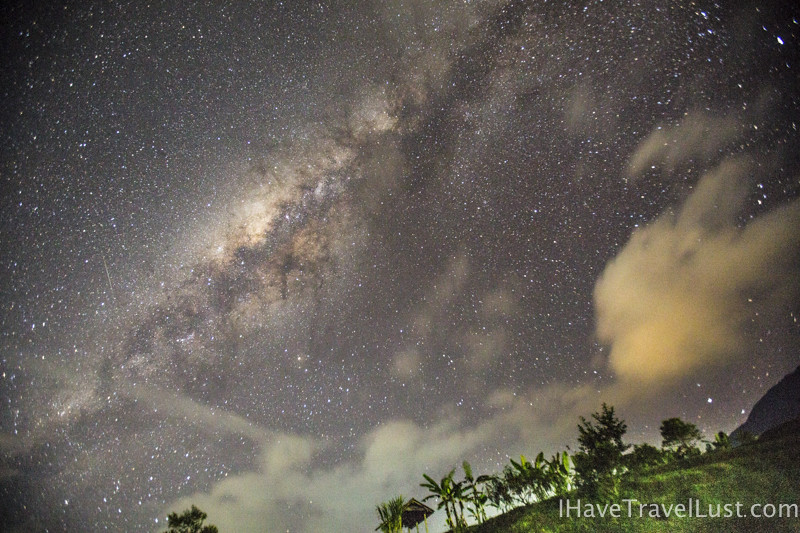
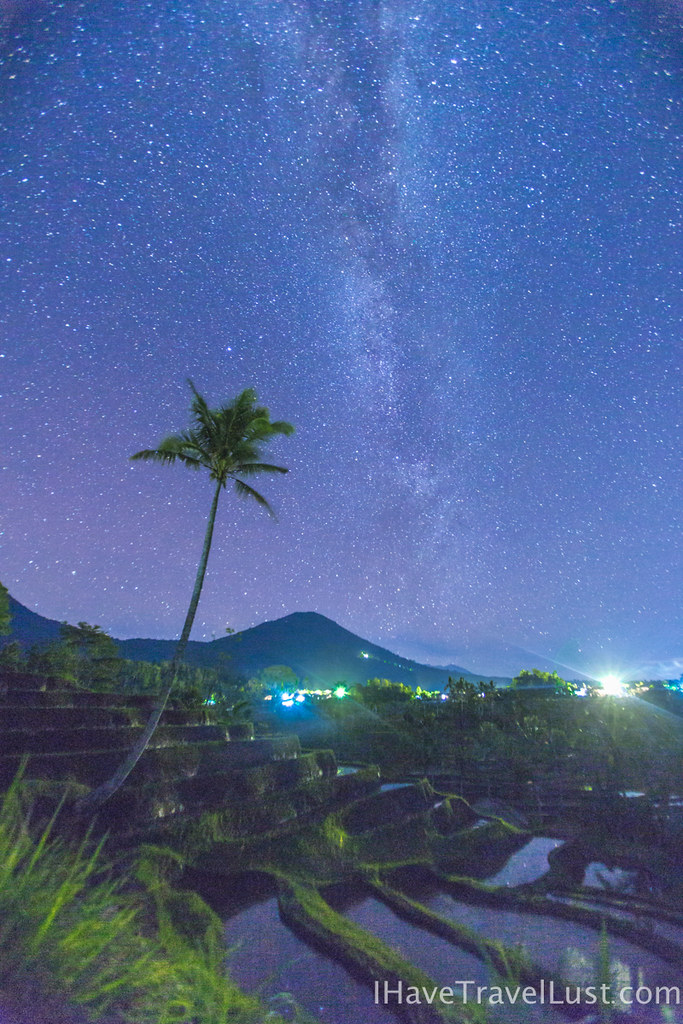

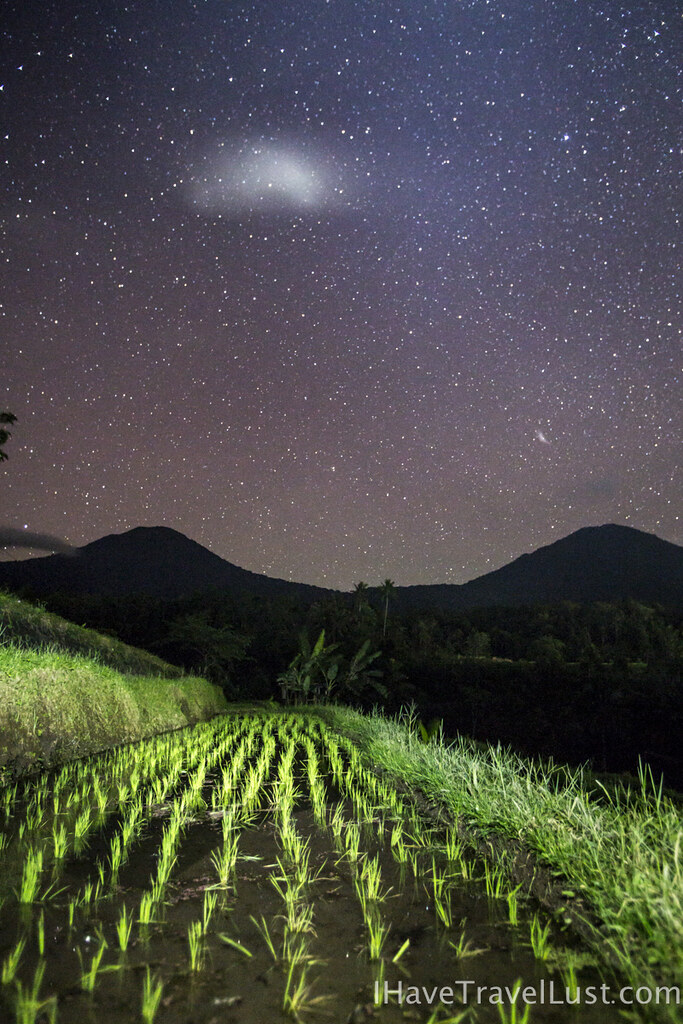

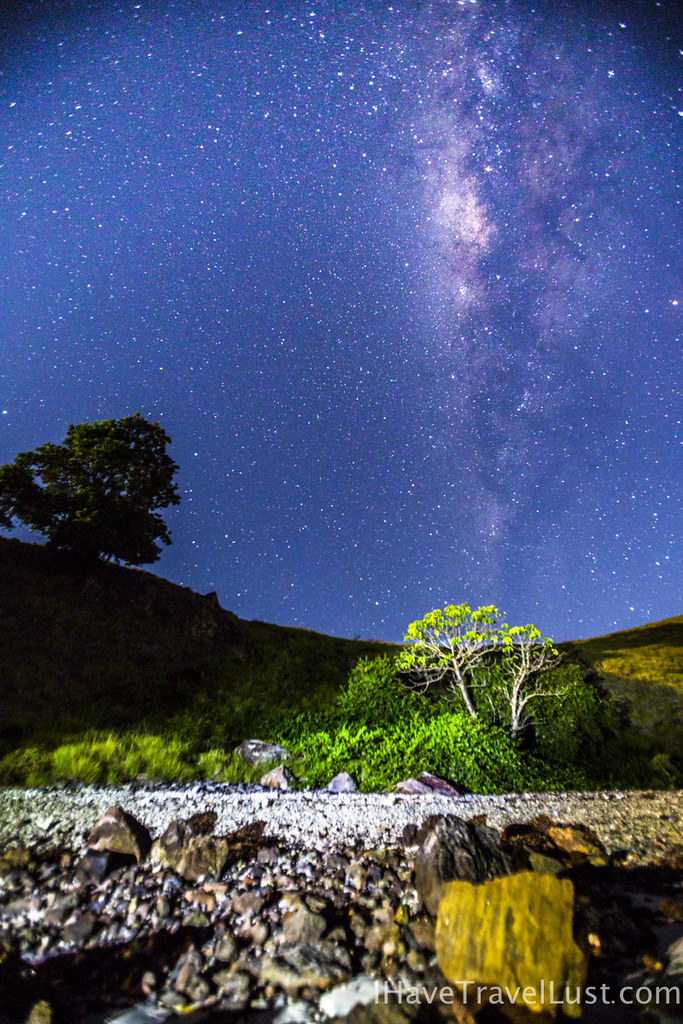




































































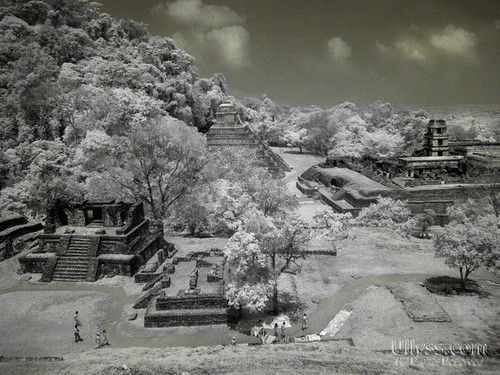
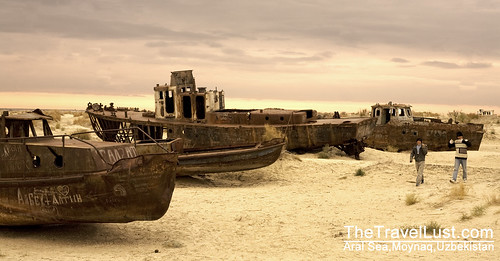

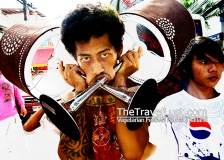






You must be logged in to post a comment.